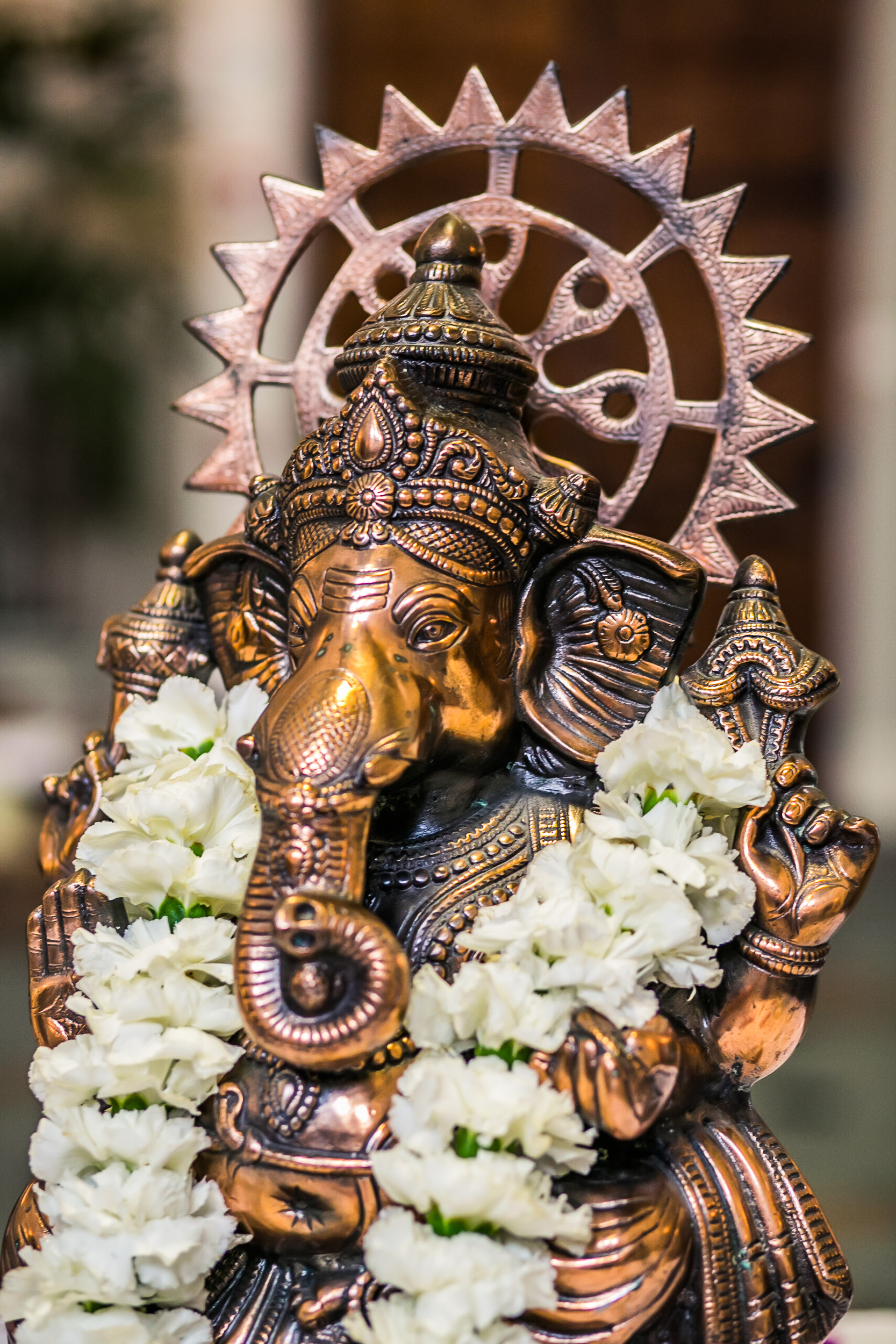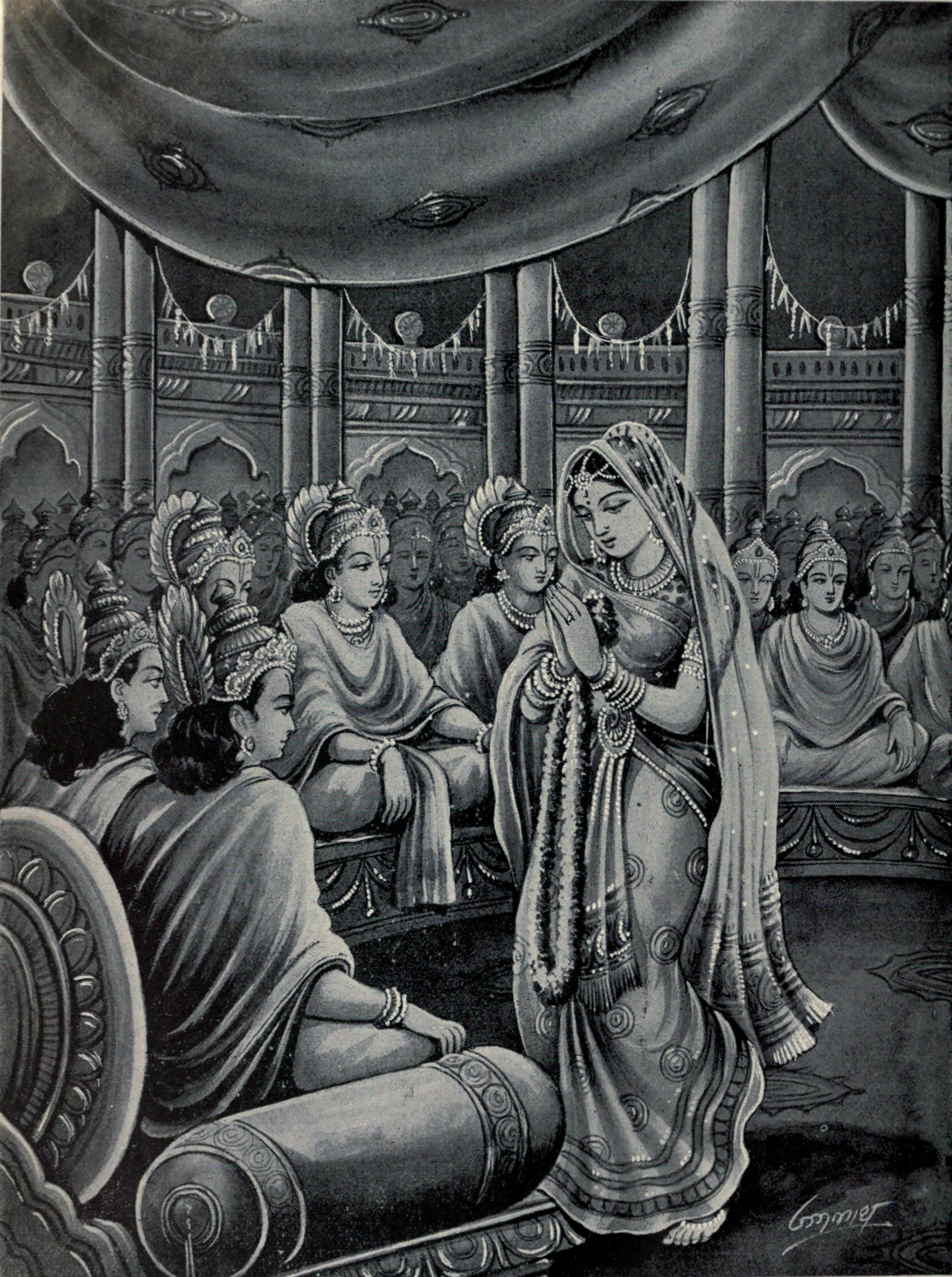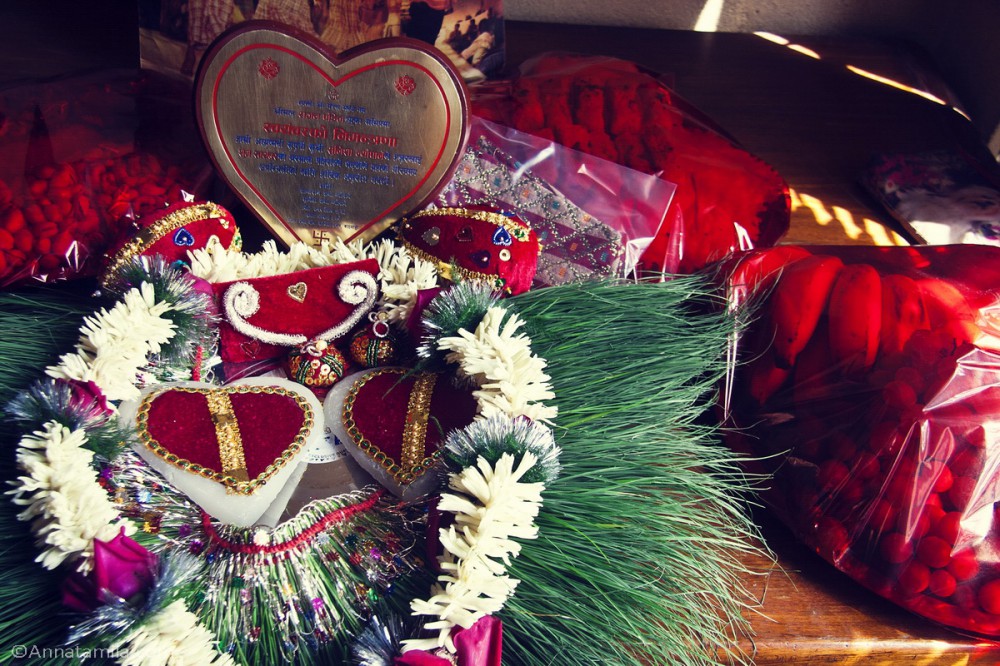Now that engagement stuff is over and done with, it’s time for the real wedding preparations. Like the engagement, Nepali wedding traditions tend to be more modest than they are in other parts of South Asia, but they are still brimming with joy, family, and fun.
Photo courtesy of Complete Weddings + Events
Nepali Pre-Wedding Traditions – You’re Here
Nepali Post-Wedding Traditions
Nepali Bridal Attire and Jewelry
Nepali Wedding Food and Desserts
Many of the typical Vedic Hindu pre-wedding traditions are maintained in Nepal, especially among the Brahman and Chhetri groups where they are followed to the letter. Typically there are many traditional conditions for marriage with Nepali tribal groups, but since many of these center around ensuring the couple aren’t closely related and that the girl is at least above the age of 6, we’ll skip them to talk about the more common rituals. Though, on an interesting note, girls should be at an even age (like 18 or 20) when they are married since odd numbers may cause them to become prematurely widowed.
One of the most important wedding rites is the Bagdan, a Ganesh pooja. The bride’s father keeps a coconut, a betel nut, and areca nut, sacred thread, and some kernals in a kalash, or pot. He holds the kalash above his head and declares he is giving his daughter away to the son of whomever the groom’s father is. He then hands the kalash over to his future son-in-law as a spiritual and metaphorical gifting of his daughter.
Photo via Tanvi & Shyam’s Wedding
Following the Bagdan is the Swayamvara. This ceremony is derived from the episode in the Ramayan during which Sita selects Ram after he lifts and strings Shiva’s bow. The Swayamvara is rooted in ‘self-choice’ and the bride must pick her husband from a number of assembled suitors, who are ceremonially invited to take part.
Before she picks her husband, the bride prays to the goddess Parvati, Lord Shiva’s wife, to help her make a good choice. Before our modern age, suitors had to prove themselves with a display of archery, just like Ram. When the bride chooses her husband, she places a garland around his neck, similar to the Indian Hindu Jaimala ceremony.
From the Mahabharata Archive
After the Swayamvara ceremony, the Saipata ceremony takes place. The time for this ritual is set by the astrologer. During the Saipata, the groom puts his palm prints on white cloth. It is then sent to the bride’s house, along with several gifts and preceded by a band.
If the bride accepts the gifts she adds her palm prints to the cloth, thus symbolizing her acceptance of the proposal. The bride sends back a Saipata of her own as a sort of formal invitation for the groom.
Photo courtesy of Anna Tamina
Among tribes and different regional groups, the pre-wedding ceremonies can change. The Newars, in particular, marry their daughters three times in total – once to a bel fruit before puberty, once to the sun, and finally to their (human) husbands. The bel fruit symbolizes Lord Vishnu so that if their husbands should die, they are still protected from true widowhood since they are married to a god. The Newars also invert the typical proceedings by holding the Swayamvara during the main wedding ceremony before the Kanyadaan.
With the pre-wedding ceremonies sorted, the only thing left is to get married! Next up is the wedding proper.




